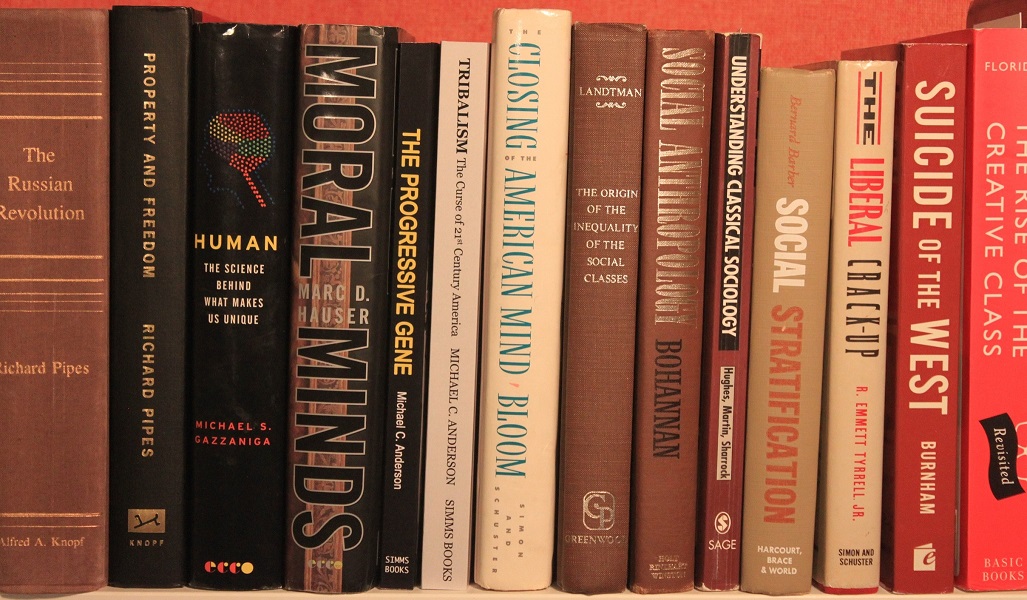I read an article yesterday that got me thinking about how
we are getting information during the pandemic. The title was We Can’t
Shelter in place Forever, and it was published in the Los Angeles Times.
The following comments were made in the article by public health officials:
They caution that coronavirus cases are likely to rise
when stay-at-home orders are relaxed.
Public health officials will want to see a drastic reduction
in the number of new coronavirus infections confirmed each day before they
begin to relax current restrictions, scientists said.
However, before they can feel confident that a drop has
truly occurred, testing capacity must increase dramatically.
In California, which has a population of nearly 40 million
people, stay-at-home restrictions are not likely to be relaxed until the
number of new cases statewide drops below 10 per day (currently 375).
After restrictions ease, will we be asked to shelter in
place again? That largely depends on when restrictions are lifted.
“If we resume normal life too soon, the chances of seeing
a second wave are higher,”
These statements reflect the opinions of the health care
professionals interviewed. Unfortunately, the article presents a very narrow view
of the subject because only one stakeholder was participating and, absent other
stakeholder opinions, there is no proper context. The health care professionals
do not run the country and that’s a good thing.
There are two additional stakeholders in this pandemic;
businesses and workers. With every day that passes, the pressure from those two
groups will become stronger in opposition to the scientists. It some point, the
health care professional’s views will become secondary.
Every day that people are unemployed, their lives are
affected and the economy is affected. Every day a business is shut down, its
operation is threatened. The net effect on individuals is worry over whether financial
aid from the government will be adequate and reach them before their cash flow
becomes critical. In the case of small business, where cash flow is tighter
than big business, survival of the business is at stake. If financial help does
not arrive in time, small businesses will die. In the case of big business,
there are more options – extended credit lines etc. But there, whole industries
are dead – travel, dining, and hotels. These industries will have to be propped
up, before they can return to normal.
How do we reconcile the need for controlling the pandemic
with the collapse of our economy?
We can answer that question by looking at the problem in an analytical
way.
Here is a chart I designed to show stakeholder behavior (click on to enlarge). The
y axis is an index showing the continuing interest in isolation. The x axis is months.
There are four lines designating four stakeholders: the scientists, business
leaders, the public, and the politicians. The slopes of the graphs are an
estimate of what will really happen.
I have mentioned the first three stakeholders, but politicians
are a fourth, because they run the government and will ultimately decide the
exit strategy for containment. Politicians have no opinions of their own that
they act on. Their goal in life is to be reelected, so they act to ensure that
outcome by taking the pulse of their constituents. They are the ones who must decide
when the cure is worse that the disease. The fact that this is election year
makes things more complicated because the Left has a stake in making Trump look
bad.
The chart starts at an arbitrary point (this month) reflecting
agreement on the necessity of isolation. In another month the lines will begin
to diverge. Why? Because stakeholder interests will diverge. The scientists
will stay cautious and remain focused on controlling the disease. Businesses
and the public will lose interest in the science as the effects on them
increase. The political line was created as an average of the positions of the
three stakeholders. That shows the politicians will have to balance the other three
to chart a course for the country.
Its possible that the politician’s line will be lower than I
have drawn it, depending on the anxiety level among the people. In addition,
country-wide aid has to stop at some point or we blow up the national debt.
Epidemiological models do not become accurate until sufficient
data is collected, but the models used for this pandemic have been consistently wrong by exaggerating
the caseload and death toll. One suspects that the numbers will continue to go
down – not up – so the justification for starting up the economy will become stronger
over time.
We can keep a tight hold on efforts to protect the vulnerable
members of the population, while the economy gets moving again. Using
temperature taking, social distancing, and masks in nursing homes and hospitals
will be an important parallel step.


No comments:
Post a Comment